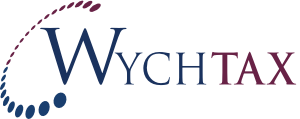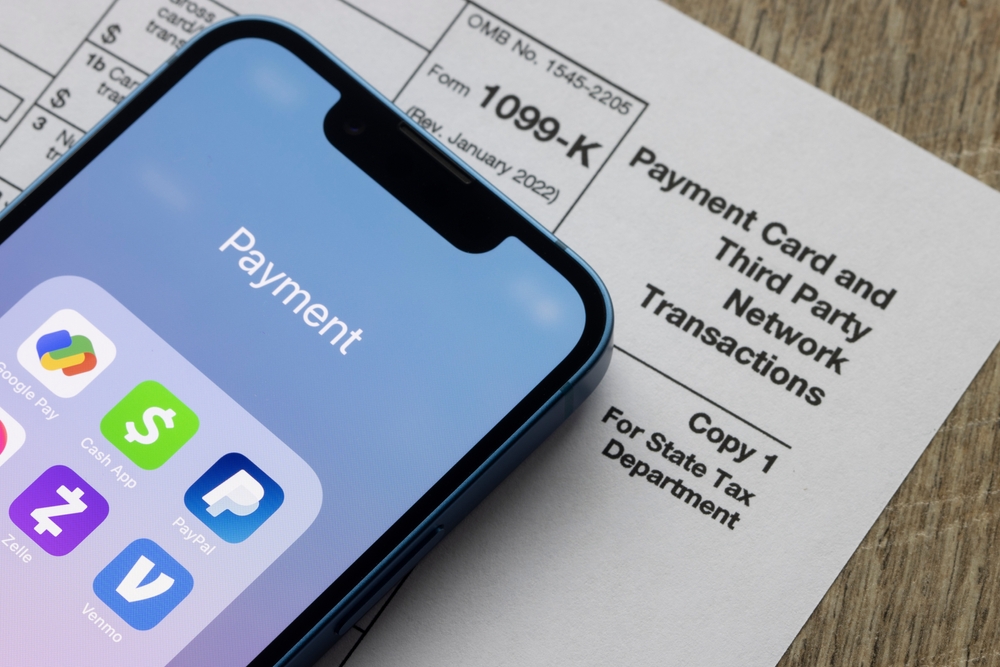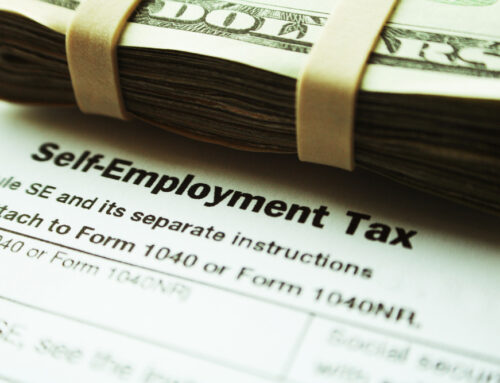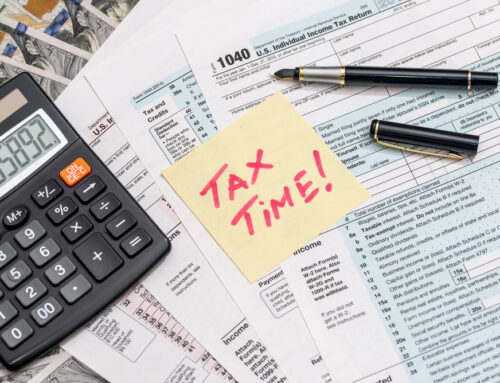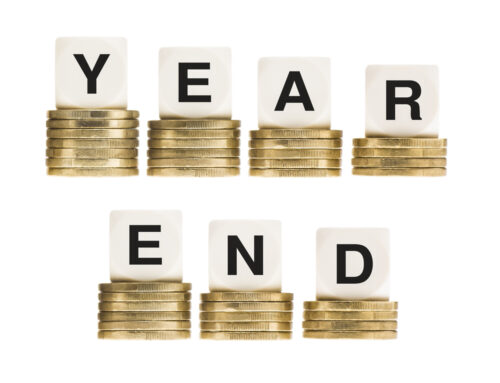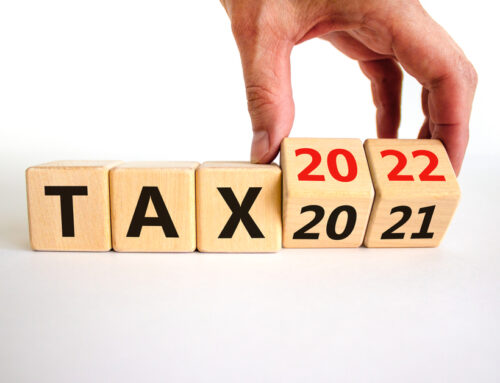If you are an independent contractor or small business that accepts payments through any third-party network — say you provide freelance services, sell art on Etsy, drive for Uber, deliver for DoorDash, or walk dogs through Wag — you will likely be receiving a 1099-K this year (even if you have not in previous years).
There have been some changes to the criteria involved in 1099-K forms which are likely to change the way many taxpayers in these situations will file their tax returns moving forward.
What is a 1099-K?
A 1099-K is a form issued by the IRS for any small business or self-employed individual who accepts transactions through a third-party payment network. This includes any of the types of businesses listed above (such as Uber, DoorDash, and Wag, to name a few), as well as Venmo, PayPal, Cash App, and any payment card transaction (i.e., if you allow a client or buyer to pay you via credit card, debit card, or an account number associated with a payment card).
Why haven’t I received a 1099-K in the past?
If this applies to you and you have not received a 1099-K from your employer, clients, or payment settlement entities (like Venmo) in previous years, it is because the threshold limits have changed.
The minimum threshold to file Form 1099-K in the past has been $20,000 and 200 transactions. Beginning this year, the threshold has been lowered to only $600 and any number of transactions. This means if you make $600 or more through a third-party network transaction within the year, you will receive a 1099-K and must include it in your tax return (or give it to your preparer). This also means many members of the gig economy will be receiving a 1099-K for the first time.
Important note: Even if you do not receive Form 1099-K(s), you MUST report ALL income made within the year on your tax return regardless of amount. This is required even if the income made through one of these avenues is considered side employment.
What actions do I need to take?
There are a few things to keep in mind and action items for you to follow if you will be receiving a 1099-K this year.
- Make sure payments are being recorded accurately. It’s important to keep payments through a third-party network separate from any personal transactions. For instance, if you have a side gig and accept payments through Venmo or PayPal, you should have a separate business account removed from any personal transactions you make through those apps.
- Start tracking deductions. If you have not been reporting income from side work, you also likely have not documented any deductions. Start doing so now to minimize your taxable income. This includes expenses that are necessary for the work, such as vehicle expenses, phone bills, internet services, office space and supplies, and more.
- Give any Form 1099-Ks you receive to your tax preparer. It’s important that your tax preparer has access to any forms you receive throughout the year, 1099-Ks included, so they can properly file your tax return(s) and you are not risking inaccurate information or errors.
Need help?
If you have not received a 1099-K in the past but you know you are likely to this year, don’t hesitate to reach out with any questions to ensure you have received the right form(s) and that you are reporting your income and filing your return correctly. At Wych Tax, we have a fabulous team of local tax accountants ready to help you. Give us a call at 970-223-0792 or visit our website to schedule an appointment.
